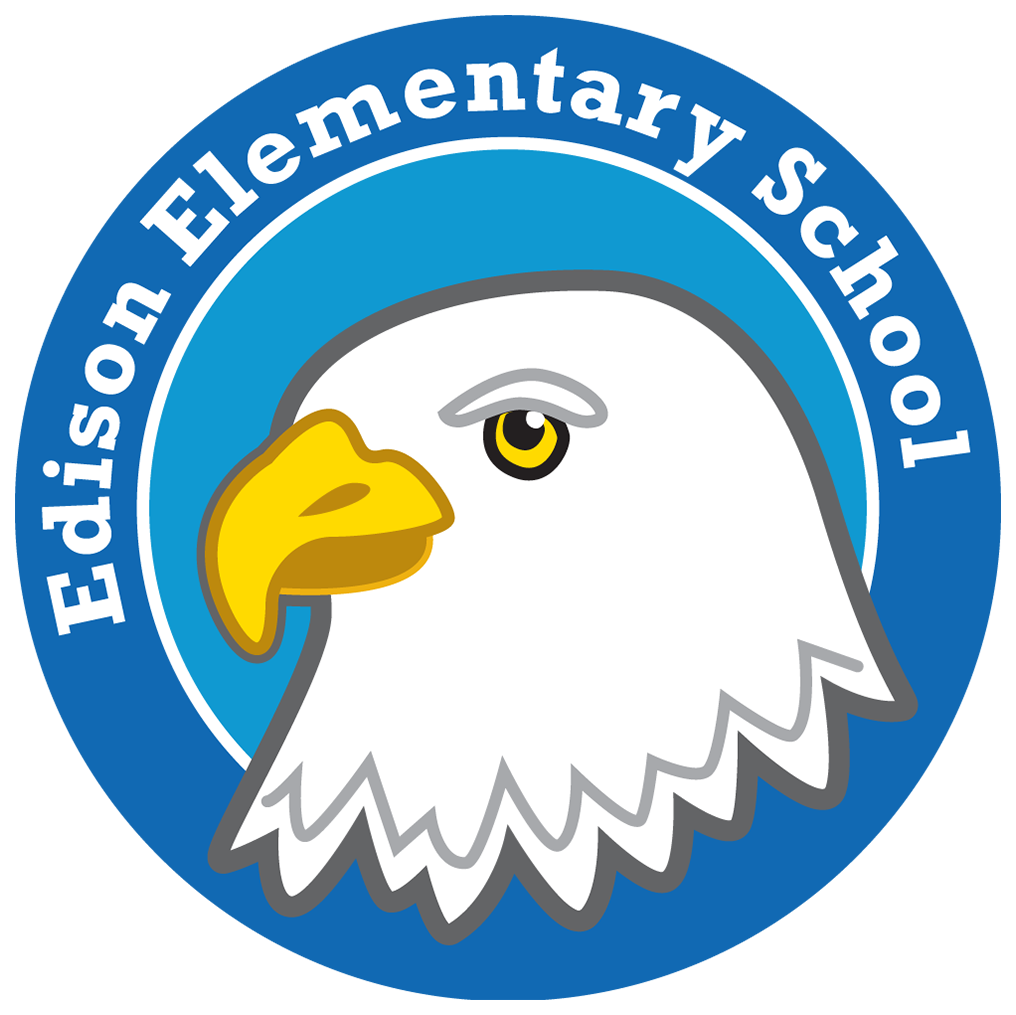Daily Schedule
8:25-8:50 Class Meeting
8:50-9:15 Reading Core
9:15-10:00 Specials
10:00-10:40 Reading Core
10:40-11:10 Writing
11:10-12:25 Math
12:25-1:10 Recess and Lunch
1:10-2:00 Writing
2:00-3:00 Reading Groups
3:00-3:20 Reading Skills
3:25 Dismissal
Reading
4th graders at Edison use the CKLA curriculum in which they deepen their vocabulary, reading comprehension and writing skills.
Additionally, 4th graders have one reading unit focusing on Colorado History - This module launches the study of perspectives on Colorado History. Students begin to think about these perspectives by engaging in a Gallery Walk where they examine many primary source documents that connect to various perspectives on the history of Colorado from those of Native Americans, Explorers, Fur Trappers, Prospectors and Miners, and Farmers, Ranchers, and Settlers. In the second part of the module students will read the book A Cabin in Cripple Creek - The story follows a family who moves to Cripple Creek, Colorado during the Gold Rush of 1895. The family faces challenges of being in a new city and working hard to follow their dream. Students will be learning about life during this time period as well as historical people who struck it rich in Colorado during the 1800's. Students will answer text dependent questions based on the text. The last section of the module will focus on students researching significant people in Colorado's history and writing their biographies.Part of this module is also a 4th grade show about the history of Colorado.
Math
Through our Eureka Math Squared curriculum students will engage in a daily warm-up, whole group and/or small group instruction, and independent practice time. Once students have completed their math work for the day they will have the opportunity to play math games, which are meant to provide further hands-on practice or complete a challenge sheet. Homework and video help are available to support students with math practice of each math module.
Module 1: Place Value Concepts for Addition and Subtraction
Module 2: Place Value Concepts for Multiplication and Division
Module 3: Multiplication and Division of Multi-Digit Numbers 6
Module 4: Foundations for Fraction Operations
Module 5: Place Value Concepts for Decimal Fractions
Module 6: Angle Measurements and Plane Figures 4 Topics |
Social Studies
4th grade students learn all about Colorado during social studies. Students develop a deep understanding of: Colorado History, Colorado Geography, Colorado Government, Colorado Economics.
Science
Science curriculum is Amplify which has the following units:
Unit One - Energy Conversions: Students take on the role of systems engineers for Ergstown, a fictional town that experiences frequent blackouts, and explore the reasons why an electrical system can fail. Students apply what they learn to choosing new energy sources and energy converters for the town, and then they prepare arguments for why their design choices will make the town’s electrical system more reliable.
Unit Two - Vision and Light: Working as conservation biologists, students figure out why a population of Tokay geckos has decreased since the installation of new highway lights in the rain forest. Students use their understanding of vision, light, and information processing to figure out why an increase in light in the geckos’ habitat is affecting the population. Then students turn their attention to humans by designing their own investigations in order to learn more about how our senses help us survive.
Unit Three - Earth's Features: Playing the role of geologists, students help the director of Desert Rocks National Park explain how and when a particular fossil formed and how it came to be in its current location. Students figure out what the environment of the park was like in the past and why it has so many visible rock layers.
Unit Four - Waves, Energy and Information: Working in their role as marine scientists, students figure out how mother dolphins communicate with their calves. They write a series of scientific explanations with diagrams to demonstrate their growing understanding of how sound waves travel. Then they apply what they’ve learned about waves, energy, and patterns in communication to figure out how to create patterns that can communicate information over distances, transferring data from one place to another.
